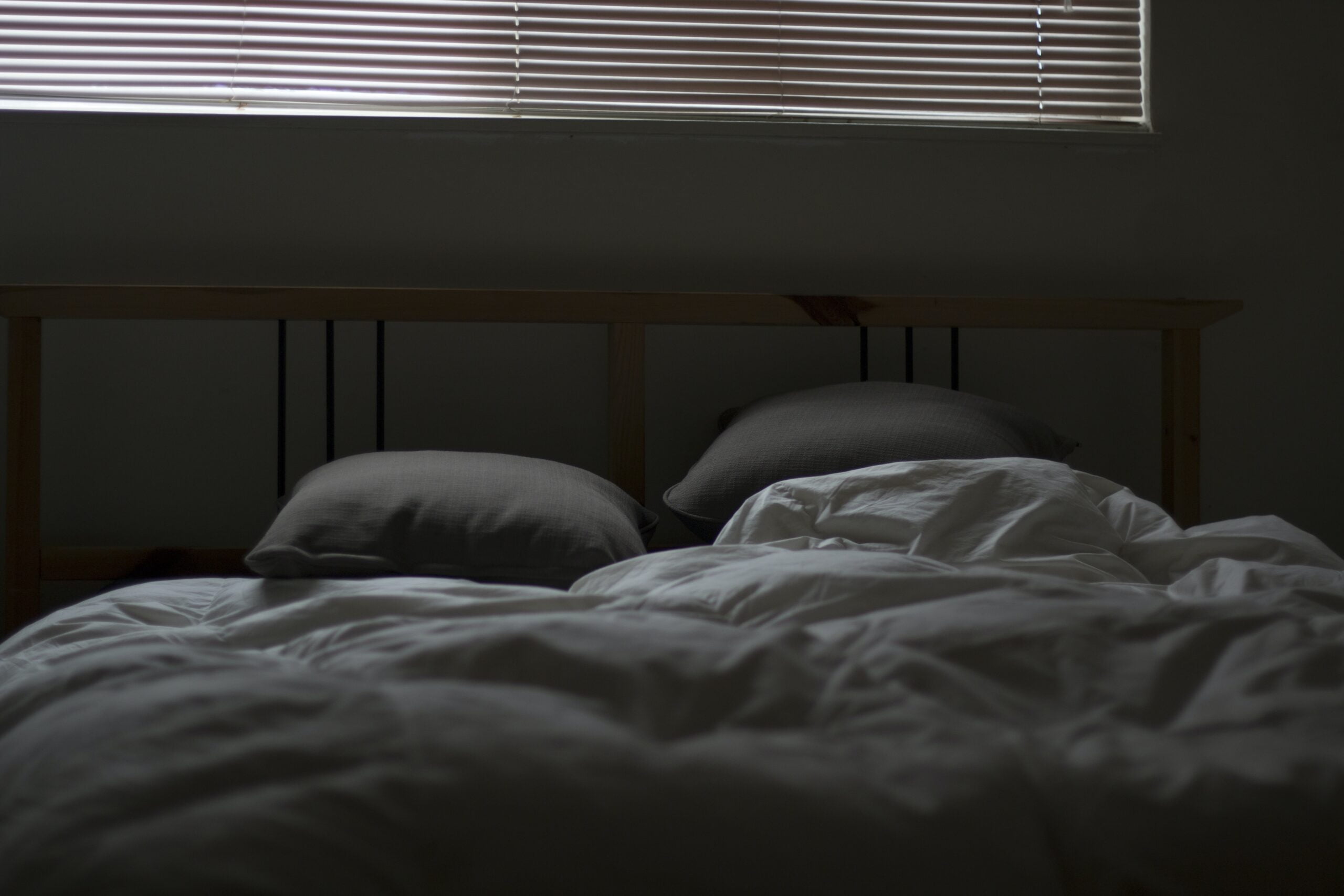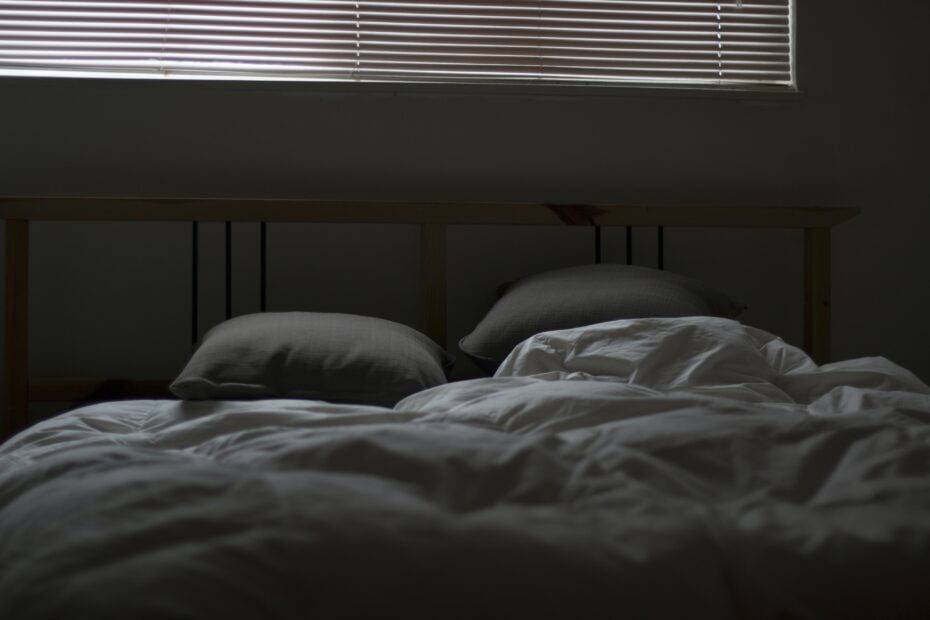



When it comes to optimizing your laptop’s power and sleep settings, knowing what to do when you close the lid can make all the difference. Are you tired of constantly having to put your laptop to sleep or wake it up manually every time you close or open the lid? Fear not, as this article will guide you through the simple steps to customize your power and sleep settings for closing the lid, ensuring that your laptop behaves exactly the way you want it to. So sit back, relax, and let’s get your lid-closing experience customized to perfection!

Understanding Power and Sleep Settings
Defining Power Options
Power options refer to the settings that control how your computer manages its power consumption. These settings allow you to customize how your computer behaves when it is idle, running on battery, or plugged into a power source. By adjusting these options, you can optimize your computer’s power usage to meet your specific needs.
Defining Sleep Mode
Sleep mode is a power-saving state that allows your computer to conserve energy while still keeping your work and applications open. When your computer enters sleep mode, it essentially pauses all processes, puts the display to sleep, and slows down the CPU. This allows you to quickly resume your work when you wake up your computer, while still saving energy and extending battery life.
Role of these Settings in PC Performance
Power and sleep settings play a crucial role in your computer’s overall performance. By adjusting these settings, you can optimize your computer’s power usage and ensure that it operates efficiently. Incorrect power settings can lead to unnecessary power consumption, reduced battery life, and decreased system performance. Therefore, understanding and customizing these settings according to your needs is essential for maintaining a balance between performance and energy efficiency.
Accessing Power and Sleep Settings in Windows
Navigating through Control Panel
To access the power and sleep settings in Windows, you can start by navigating through the Control Panel. Simply click on the Start button, search for “Control Panel,” and open it. Within the Control Panel, you will find the option to adjust power settings.
Accessing Power Options Menu
Within the Control Panel, you will find the “Power Options” menu. Clicking on this option will take you to the power settings screen, where you can customize various power and sleep options based on your preferences.
Various Power and Sleep Options
Once you are in the Power Options menu, you will find various options to customize. These include setting the time for your computer to enter sleep mode when not in use, adjusting the display brightness, configuring what happens when you press the power button, and other related settings. Explore these options and customize them according to your needs.
Accessing Power and Sleep Settings in macOS
Navigating through System Preferences
To access power and sleep settings in macOS, start by clicking on the Apple menu in the top-left corner of the screen. From the drop-down menu, choose “System Preferences.” Within System Preferences, you will find the option to adjust energy-saving settings.
Understanding Energy Saver Options
Within the Energy Saver settings, you will find various options to customize your power and sleep settings. These options allow you to adjust settings such as the time your computer takes to enter sleep mode, the behavior when the display is idle, and how the computer reacts when the power adapter is connected or disconnected.
Customizing Energy Saver Settings
To customize the energy saver settings in macOS, select the desired options and adjust the sliders or checkboxes accordingly. You can set the sleep time, enable power nap to perform tasks even when asleep, and control other power-related settings. Make sure to save your changes after customizing these settings.
How to Customize Lid Closing Settings in Windows
Choosing ‘Choose what closing the lid does’ Option
To customize the lid closing settings in Windows, you need to access the power options menu as mentioned earlier. Within the Power Options menu, look for the “Choose what closing the lid does” option. Clicking on this option will allow you to customize the behavior of your computer when the lid is closed.
Deciding on Battery and Plugged in Settings
After selecting the “Choose what closing the lid does” option, you will have the option to define different behaviors for when the computer is running on battery power and when it is plugged into a power source. You can choose options such as sleep, hibernate, or do nothing for each scenario.
Saving Changes
Once you have customized the lid closing settings according to your preferences, make sure to save the changes. Your computer will now follow the selected actions when the lid is closed based on your specified power settings.

How to Customize Lid Closing Settings in macOS
Navigating through Energy Saver Pane
In macOS, you can customize the lid closing settings by accessing the Energy Saver preferences as discussed earlier. Within the Energy Saver pane, you will find additional options to customize lid closing behavior.
Customizing ‘When the computer sleeps’ and ‘Put hard disks to sleep when possible’ Options
Within the Energy Saver preferences, you will find options such as “When the computer sleeps” and “Put hard disks to sleep when possible.” These options determine what actions your Mac takes when the lid is closed. Customize these settings by choosing the appropriate options that align with your preferences.
Saving Changes
After you have adjusted the lid closing settings to your liking, make sure to save the changes. Your Mac will now adhere to the specified behavior when the lid is closed, based on the customized energy saver settings.
Exploring Advanced Power Settings
Understanding the Importance of Advanced Settings
While the basic power and sleep settings provide substantial control over your computer’s power management, there are additional advanced settings that offer even more customization options. These advanced settings allow you to fine-tune power usage and tailor it to your specific requirements.
Accessing Advanced Settings in Windows
To access the advanced power settings in Windows, navigate to the Power Options menu as described earlier. From there, click on “Change plan settings” for the desired power plan, then select “Change advanced power settings.” This will open a window displaying a wide range of advanced settings that you can customize.
Accessing Advanced Settings in macOS
In macOS, you can access advanced power settings by clicking on the Apple menu and selecting “System Preferences.” Within System Preferences, choose “Energy Saver,” and then click on the “Battery” or “Power Adapter” tab, depending on your current power source. Here, you will find advanced options to further customize your power settings.

Customizing Power Plans in Windows
Understanding Power Plans
In Windows, power plans provide predefined configurations to optimize power usage based on different usage scenarios. Each power plan consists of a unique combination of power settings that determine how your computer operates. Understanding and customizing these power plans can significantly impact your computer’s performance and energy efficiency.
Creating a New Power Plan
To create a new power plan in Windows, access the Power Options menu, as mentioned earlier. From there, click on “Create a power plan” from the left-hand menu. Follow the prompts to specify the desired power settings and create a new power plan tailored to your requirements.
Editing an Existing Power Plan
If you wish to edit an existing power plan in Windows, navigate to the Power Options menu and select “Change plan settings” for the desired power plan. From there, you can customize various settings such as sleep time, display brightness, and other power-related options.
Choosing a Power Plan
To choose a power plan in Windows, access the Power Options menu and select the desired power plan from the list of available options. Consider your specific usage needs and requirements when selecting a power plan to ensure optimal system performance and energy efficiency.
Maintaining Battery Health
Importance of Careful Power Management
Maintaining battery health is crucial for maximizing the lifespan and performance of your device. By implementing careful power management strategies, you can ensure that your battery operates optimally and lasts longer.
Strategies for Battery Longevity
To prolong the life of your battery, consider implementing the following strategies:
Adjust power settings: Optimize your power settings to reduce unnecessary battery drain. Minimize the time it takes for your computer to enter sleep mode, dim the display brightness, and disable unnecessary background processes to conserve power.
Avoid extreme temperatures: Exposing your device to extreme temperatures can significantly impact battery health. Keep your device away from direct sunlight, and avoid exposing it to excessively hot or cold environments.
Regularly calibrate the battery: Calibrating your battery helps your device accurately estimate the remaining battery life. Follow the manufacturer’s instructions on how to calibrate your specific device’s battery.
Avoid deep discharge: It is advisable to avoid allowing your battery to completely drain to 0% regularly. Frequent deep discharges can shorten the battery’s lifespan. Aim to keep the battery level between 20% and 80% whenever possible.
Manage background applications: Close or disable unnecessary background applications and processes that consume significant amounts of power. This helps reduce battery usage and extends its life.
Adjusting Power Settings for Optimal Battery Health
By customizing your power settings to minimize power consumption, adjusting sleep mode intervals, and reducing unnecessary background tasks, you can optimize your device’s power usage and improve battery health. Regularly monitoring and adjusting these settings will ensure that your battery remains in good condition for an extended period.
Troubleshooting Issues with Lid Closing Settings
Common Problems and Solutions
While customizing lid closing settings can improve your user experience, it can occasionally lead to problems. Here are a few common lid closing issues and their solutions:
Lid not triggering sleep mode: If closing the lid does not result in your computer entering sleep mode, ensure that the settings are correctly configured. Check the power settings and make sure the preferred action for lid closing is set to sleep mode.
Unexpected sleep mode: If your computer frequently enters sleep mode when the lid is unintentionally closed, check the power settings again. Adjust the lid closing settings to avoid triggering sleep mode inadvertently.
Lid closure not recognized: If your computer does not respond to lid closure at all, try restarting your device or updating the system’s drivers. Outdated drivers can sometimes interfere with lid closing recognition.
Restoring Default Settings
If you encounter persistent issues or wish to revert to the default lid closing settings, you can restore the default settings in both Windows and macOS. In Windows, navigate to the Power Options menu, select “Choose what closing the lid does,” and click on the “Restore default settings for this plan” option. In macOS, revisit the Energy Saver preferences and choose the default options for lid closing behavior.
Seeking Professional Help
If you have tried troubleshooting the lid closing issues on your own and are still facing difficulties, it may be helpful to seek professional assistance. Reach out to the device manufacturer’s customer support or consult with an IT professional who can provide specialized guidance and solutions.
Effects of Power and Sleep Settings on System Performance
Impact on System Speed
Customizing power and sleep settings can have a significant impact on your computer’s overall speed and responsiveness. By adjusting these settings to conserve power during periods of inactivity, your system can allocate more resources to active tasks and improve overall performance. However, setting overly aggressive power-saving options may cause noticeable delays when waking your computer from sleep mode.
Impact on Energy Consumption
Optimizing power settings to reduce energy consumption is one of the primary goals of customizing power and sleep settings. By employing strategies such as shorter sleep mode intervals, dimming the display, and disabling unnecessary background processes, you can significantly reduce energy consumption. This can lead to lower electricity bills and a reduced carbon footprint.
Balancing Performance and Energy Efficiency
Customizing power and sleep settings involves finding a balance between performance and energy efficiency. While it is essential to conserve power and extend battery life, it is also crucial to ensure that your computer performs optimally for your specific needs. Experiment with different power settings to strike the right balance for your workflow and requirements. Keep in mind that finding the ideal balance may involve some trial and error and might require adjustments as your needs change over time.
In conclusion, understanding power and sleep settings is essential for optimizing your computer’s performance, conserving energy, and maintaining battery health. By following the steps outlined in this article, you can easily access and customize power and sleep settings in both Windows and macOS. Remember to adjust these settings based on your specific requirements, whether it’s to prolong battery life, improve system speed, or find the optimal balance between performance and energy efficiency.




